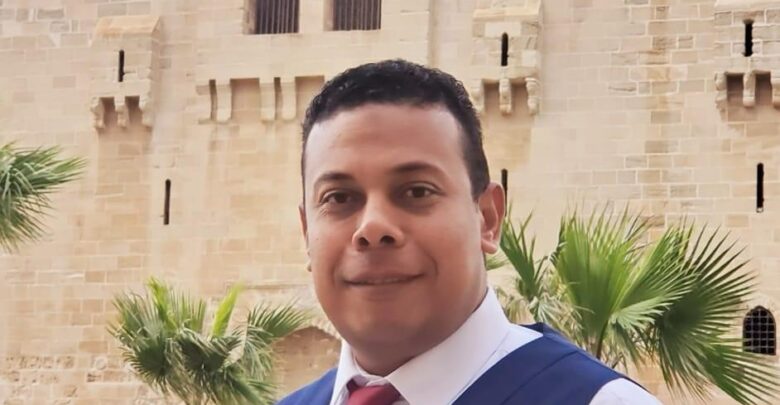
Educational archaeological museums within American universities play a pivotal role in shaping cultural understanding and expanding knowledge. These institutions, meticulously organized into sections exploring specific historical periods or civilizations, offer students a comprehensive and immersive journey into the past. In this extensive exploration, we delve into the multifaceted roles of these museums within U.S. universities, examining their exhibit arrangements, interactive programs, integration of technology in learning, student research opportunities, and community. interactions.
• Exhibit Arrangement:
Museums go beyond mere curation, strategically organizing exhibits to provide a profound understanding of diverse historical subjects. Dedicated halls showcase ancient civilizations like Rome and Greece, while other sections focus on Eastern civilizations. This thoughtful arrangement allows students to trace the intricacies of historical developments, fostering a nuanced appreciation of the past.
*Interactive Programs:
The dynamic nature of educational museums is evident in their interactive sessions, including workshops and participatory activities. Workshops immerse students in hands-on experiences, from artifact restoration to simulations of daily life in ancient times. These engaging programs empower students through experiential learning, creating lasting connections between theory and practice.
*Technology in Learning:
Embracing the forefront of technological advancement, museums integrate virtual reality (VR) and augmented reality (AR) to elevate visitor experiences. Smart devices become conduits for students to explore artifacts in unprecedented detail, providing contextual information that enhances their understanding. This seamless integration not only modernizes the learning process but also captivates students in a more immersive educational environment.
• Student Research Opportunities:
Educational museums function as intellectual laboratories, encouraging students to undertake independent research projects. This involves in-depth studies and documentation of the archaeological treasures housed within the museum. By fostering research initiatives, these museums contribute not only to the preservation of cultural heritage but also to the development of students’ research and analytical skills, preparing them for academic and professional pursuits.
*Community Interaction:
Extending their impact beyond the academic sphere, these museums actively engage with the local community. Through meticulously organized events, they facilitate interaction between students and community members interested in culture and history. This outreach adds a dynamic and inclusive dimension to the educational mission of the museums, creating bridges between academia and the broader societal fabric.
In comprehensive summation, educational archaeological museums within American universities serve as dynamic educational hubs, seamlessly merging the realms of education and heritage. As students navigate through carefully arranged exhibits, participate in interactive programs, leverage cutting-edge technologies, embark on research endeavors, and interact with the community, these institutions stand as pillars in shaping the knowledge and cultural perspectives of present anduture generations.
Title
Dr : Amr elsaid
Archaeologist
North Carolina . USA

